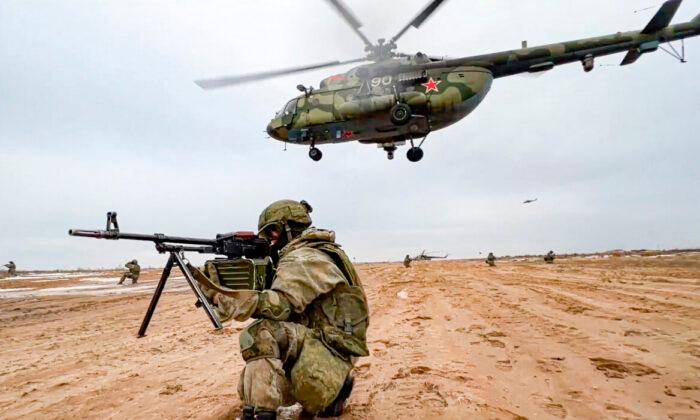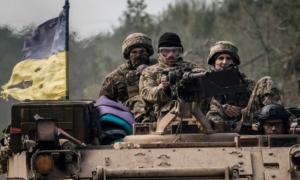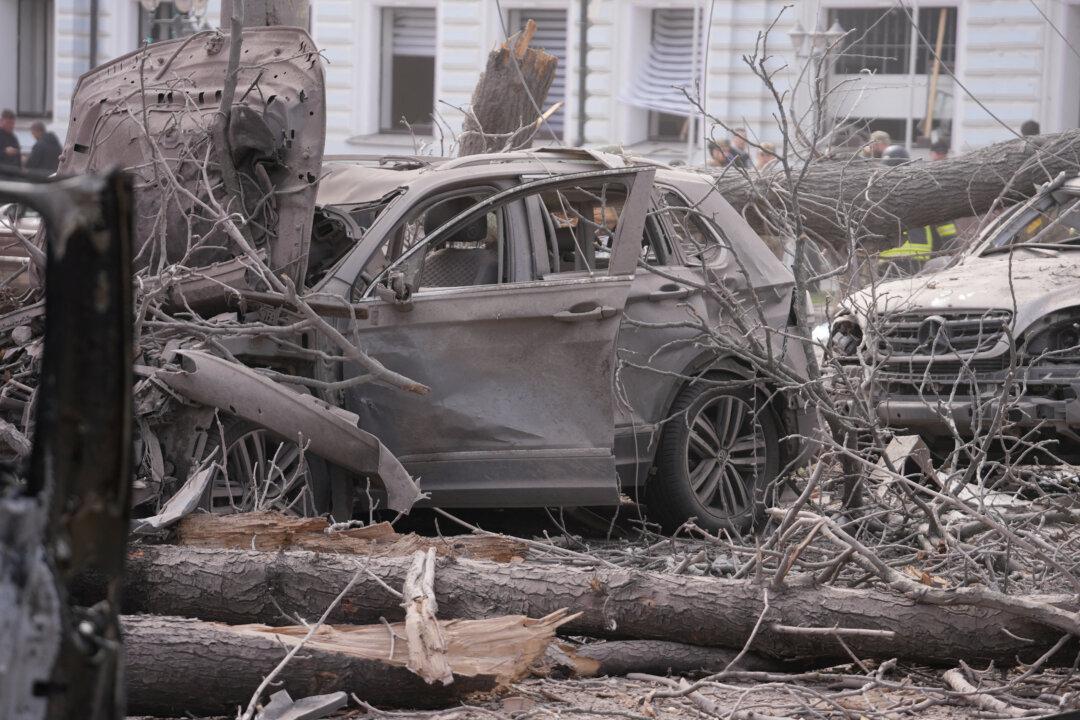Military contingents from member states of the Collective Security Treaty Organization (CSTO) will stage joint exercises in Belarus, a key Russian ally, beginning this week.
Dubbed “Combat Brotherhood-2023,” the drills are slated to run from Sept. 1 to Sept. 6.
Established shortly before the Soviet Union’s dissolution in 1991, the CSTO is a six-nation military alliance led by Moscow. In addition to Russia and Belarus, current members include Armenia, Kazakhstan, Kyrgyzstan, and Tajikistan.
The exercises are to focus largely on drone warfare, Anatoly Sidorov, joint chief of staff of the CSTO, said at an Aug. 28 press briefing.
“Radio-electronic combat will also be simulated,” he was cited as saying by Russia’s TASS news agency.
Drone warfare has become a central feature of Russia’s invasion of eastern Ukraine, which recently entered its 19th month. Russia relies heavily on aerial drones to strike Ukrainian positions and degrade the country’s critical infrastructure. Meanwhile, Kyiv has employed drones with increasing frequency to strike targets inside Russia—including Moscow itself.
The upcoming drills don’t constitute “a display of aggression,” and aren’t directed “at any third countries,” Mr. Sidorov asserted.
On Aug. 27, the Belarusian Defense Ministry announced that military contingents from Kyrgyzstan and Tajikistan had arrived in Belarus to take part in the drills.
According to earlier statements released by the ministry, joint exercises will be conducted in the Brest, Grodno, and Minsk regions of Belarus.
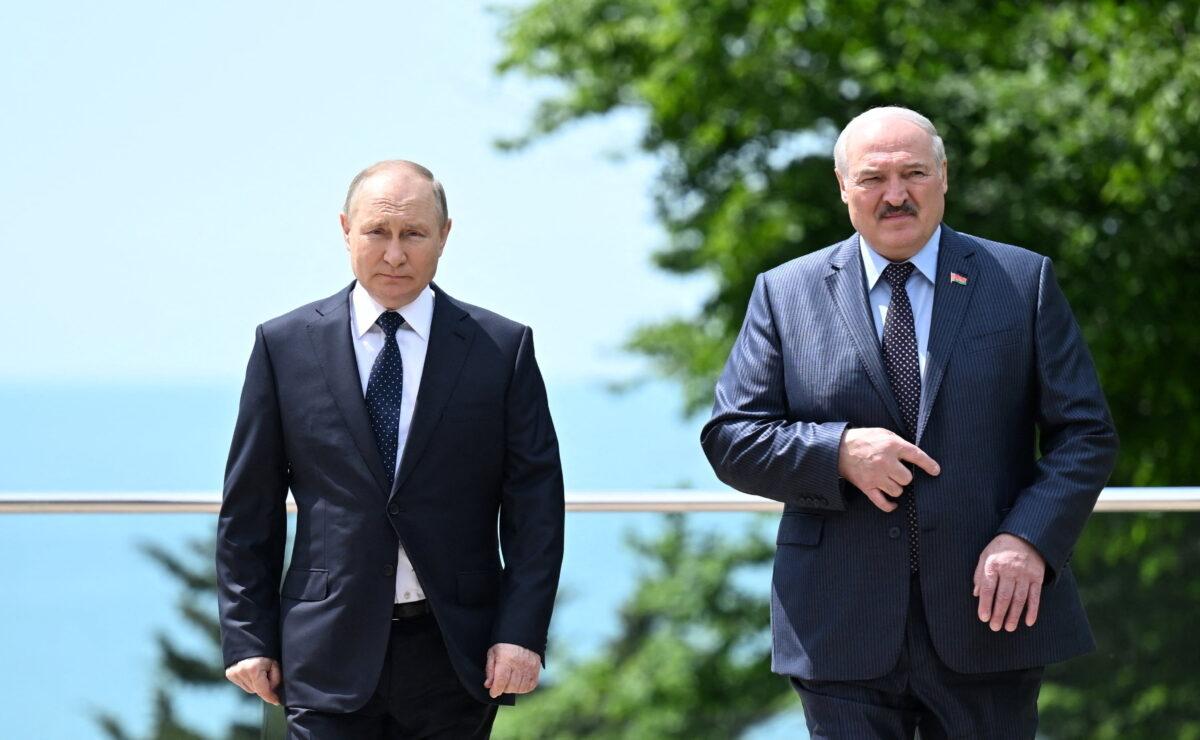
Drills Come Amid Tensions
Since Russia invaded eastern Ukraine early last year, military cooperation between Moscow and Minsk has ramped up significantly.Last fall, the two countries established a joint regional force, comprised of Russian and Belarusian military personnel. Soon afterward, Moscow sent thousands of troops—and substantial military hardware—to Belarus.
This year, Moscow unveiled plans to station nuclear weapons in Belarus. In June, Belarusian President Alexander Lukashenko claimed that a number of nuclear weapons—he didn’t say how many—had already arrived in the country.
Yet despite its close alliance with Moscow, Belarus has yet to play an active role in the ongoing conflict in Ukraine. Mr. Lukashenko has repeatedly ruled out the notion of sending forces to Ukraine to fight alongside Russian troops.
Nevertheless, the accelerating pace of military cooperation between Russia and Belarus has unnerved Ukraine and its Western allies.
Along with Russia and Ukraine, Belarus shares borders with Poland, Lithuania, and Latvia—all of which are members of NATO.
Concerns were heightened last month when hundreds of fighters from Russia’s Wagner Group began arriving in Belarus.
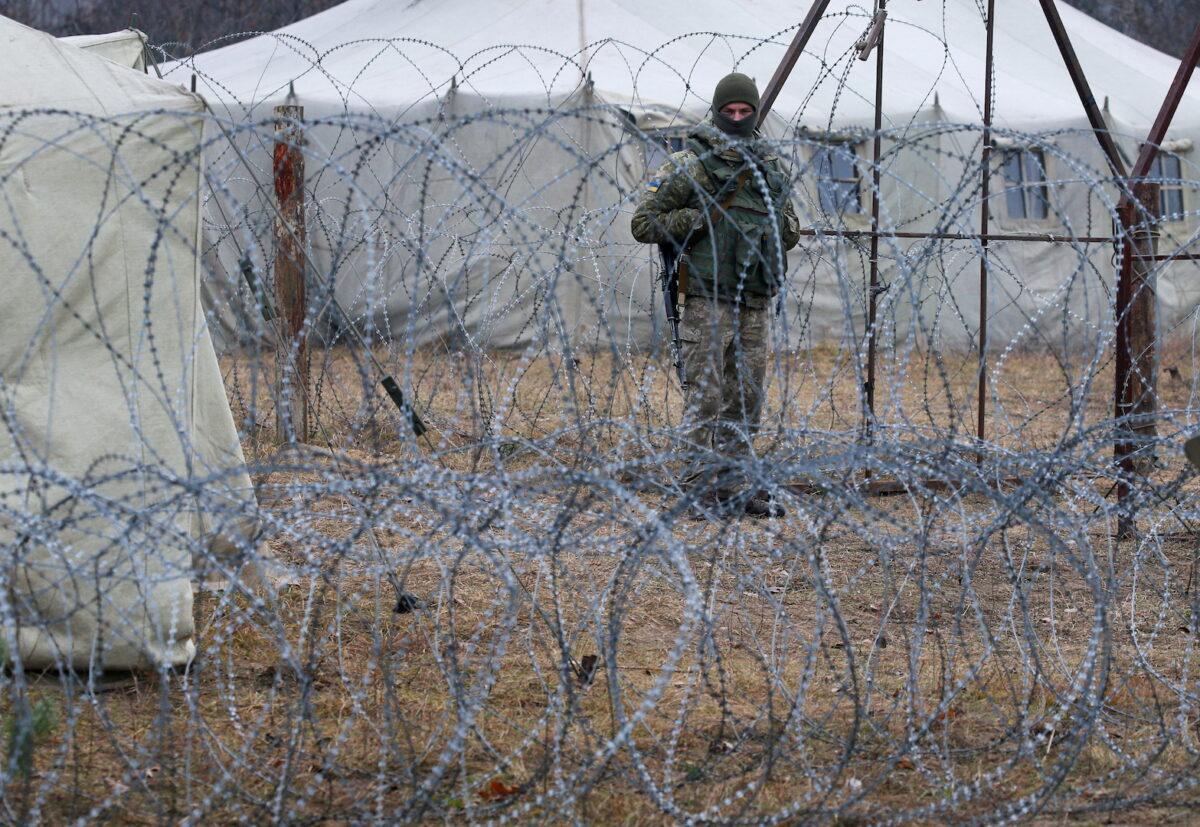
A private military company with ties to the Kremlin, the Wagner Group played a front-line role—until recently—in the conflict in Ukraine.
Newly arrived Wagner fighters are now training units of the Belarusian military at facilities that aren’t far from the Polish border.
On Aug. 10, Warsaw responded to the Wagner presence by announcing plans to send thousands of troops to its roughly 250-mile border with Belarus.
The move coincided with a similar decision by Latvia, whose defense minister ordered the country’s military to “protect” the Latvia–Belarus border.
Days later, Lithuania closed two of its six border crossings with Belarus, citing what it described as “geopolitical circumstances.”
Minsk Seeks to Reassure West
In an indication of mounting tensions, the U.S. State Department on Aug. 21 urged U.S. citizens in Belarus to depart the country “immediately.”“Consider departing via the remaining border crossings with Lithuania and Latvia, or by plane,” reads an advisory issued by the U.S. Embassy in Minsk.
On Aug. 25, Mr. Lukashenko sought to reassure Western countries—especially those bordering Belarus—regarding the upcoming military drills.
“They [the West] will say that [Russian President Vladimir] Putin and Lukashenko are up to something in Belarus, and are preparing to invade Poland,” he was cited as saying by Belarusian news agency BelTa.
“But it’s nothing of the kind,” he asserted, stressing that the drills were planned “a long time ago.”
